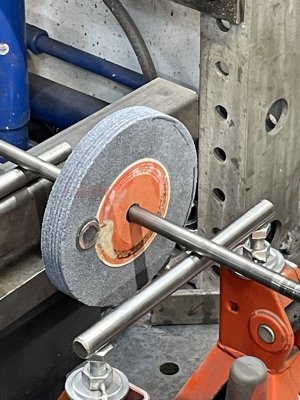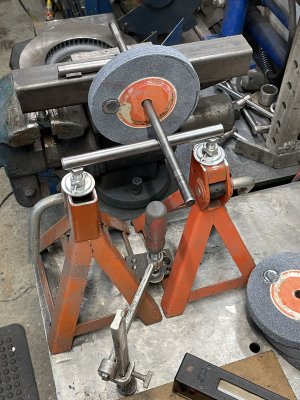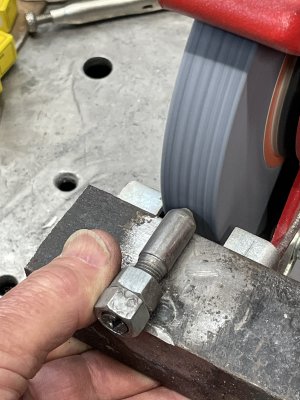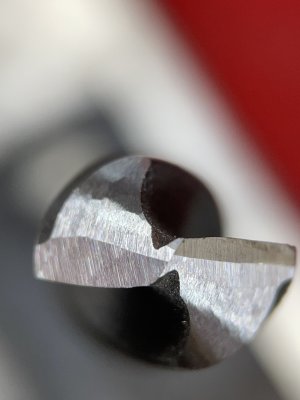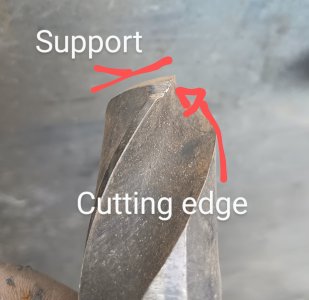slow-poke
Ultra Member
I use a Drill Doctor for small bits. For larger bits I need to hone my drill sharpening skills. I only have one grinder at the moment and the wheel has a very coarse grit. Seems like I should start with a smaller grit wheel. I actually have an older but good white much finer grit wheel so I think that is probably a good wheel to try? Comments?
I just watched a sharpening video at it seemed like the grinder was turning at a much slower speed, total guess but looked like < 1000 RPM vs. my 3600RPM, since I need to get or make a grinder for this white wheel is there an ideal RPM for sharpening?
What about fixtures to maintain the correct angle, unnecessary or a good idea?
I definitely need some pointers. Thanks in advance.
I just watched a sharpening video at it seemed like the grinder was turning at a much slower speed, total guess but looked like < 1000 RPM vs. my 3600RPM, since I need to get or make a grinder for this white wheel is there an ideal RPM for sharpening?
What about fixtures to maintain the correct angle, unnecessary or a good idea?
I definitely need some pointers. Thanks in advance.

